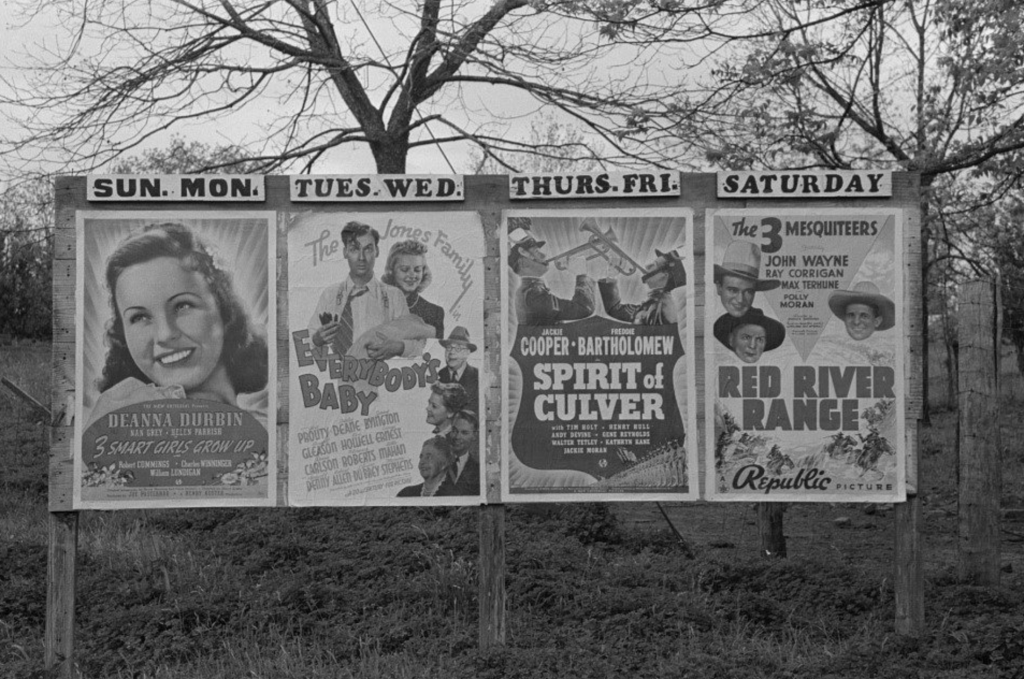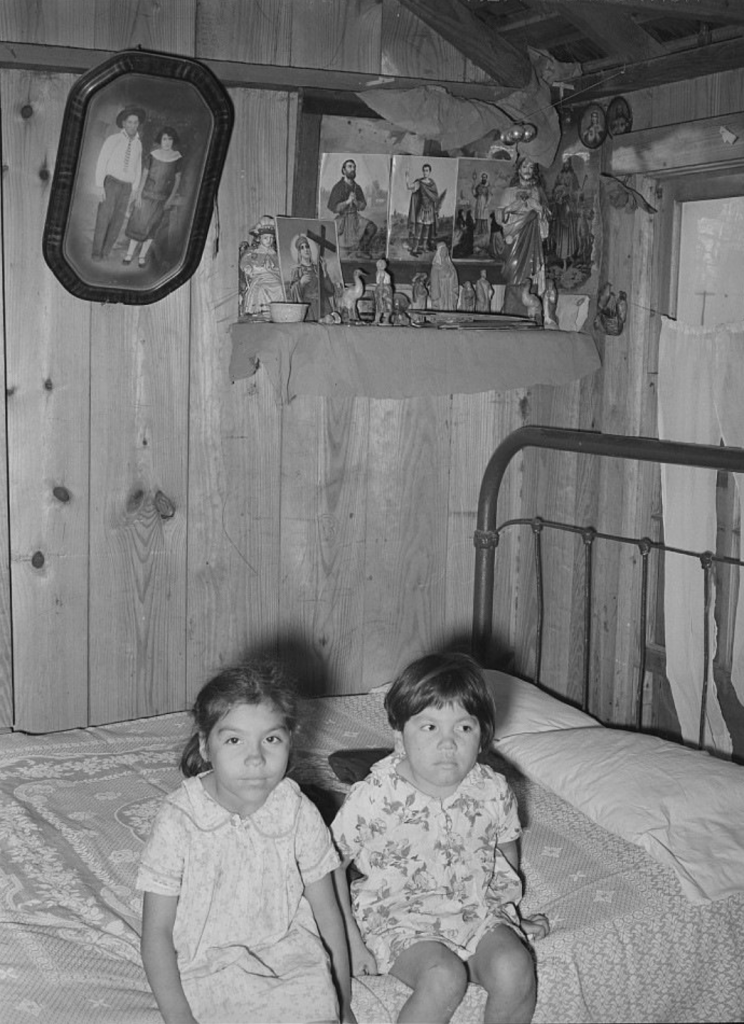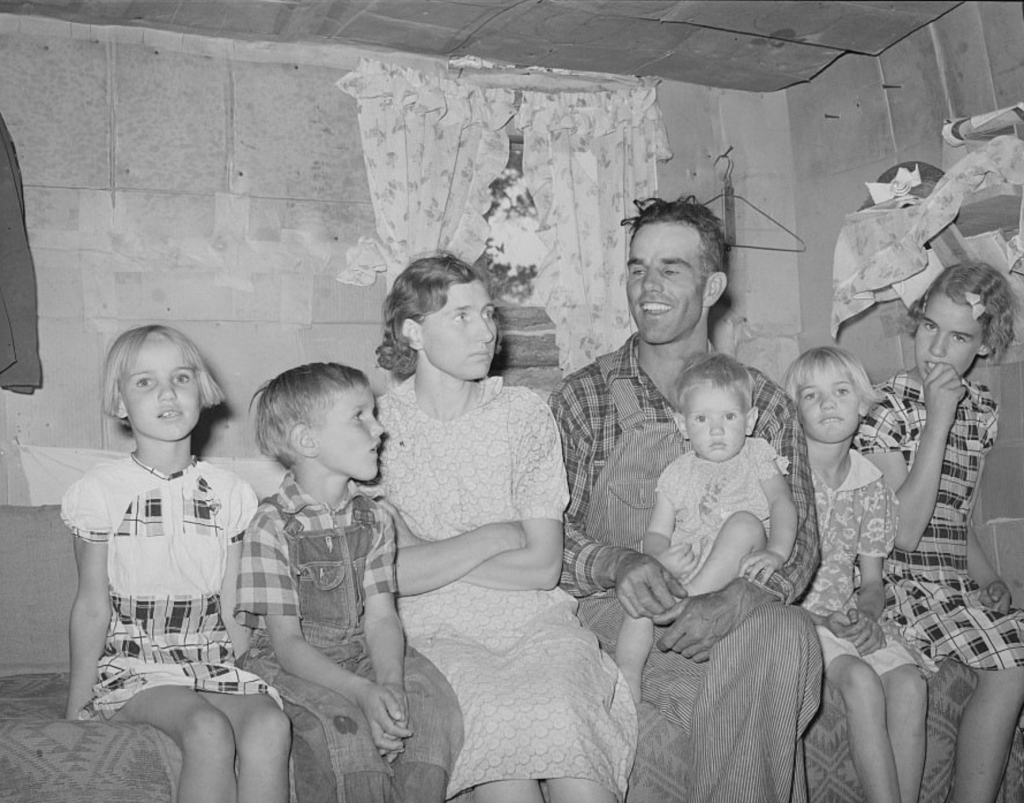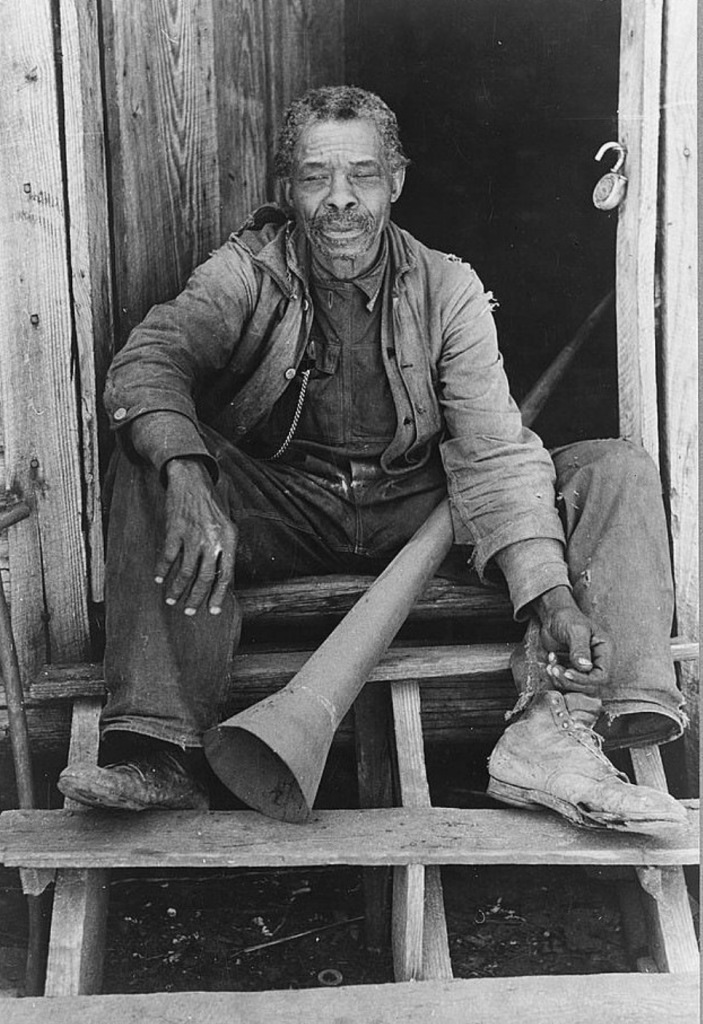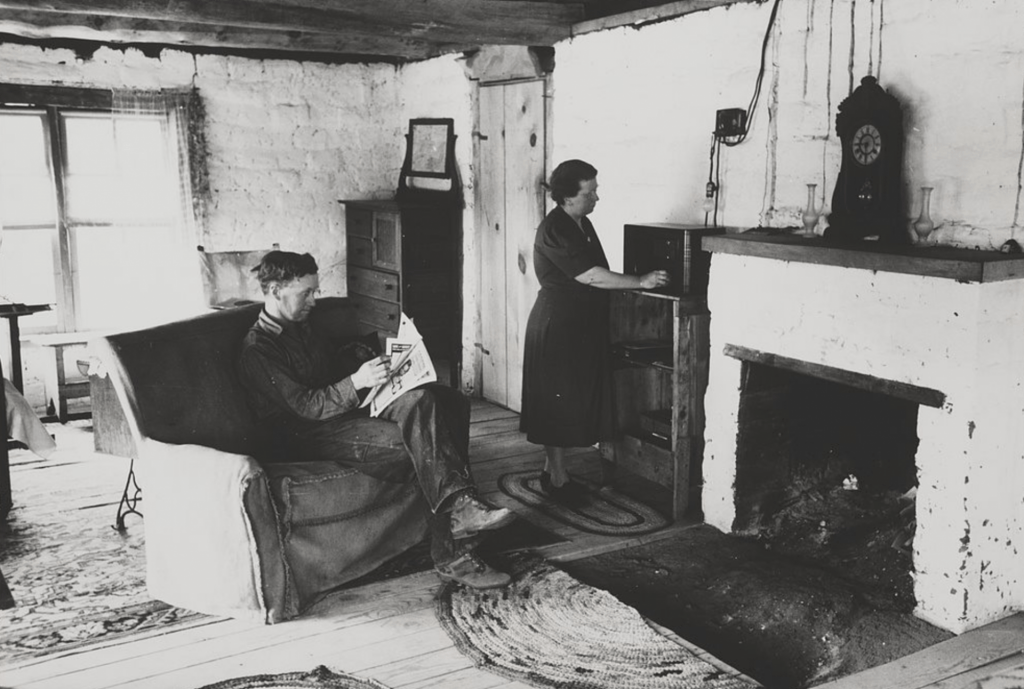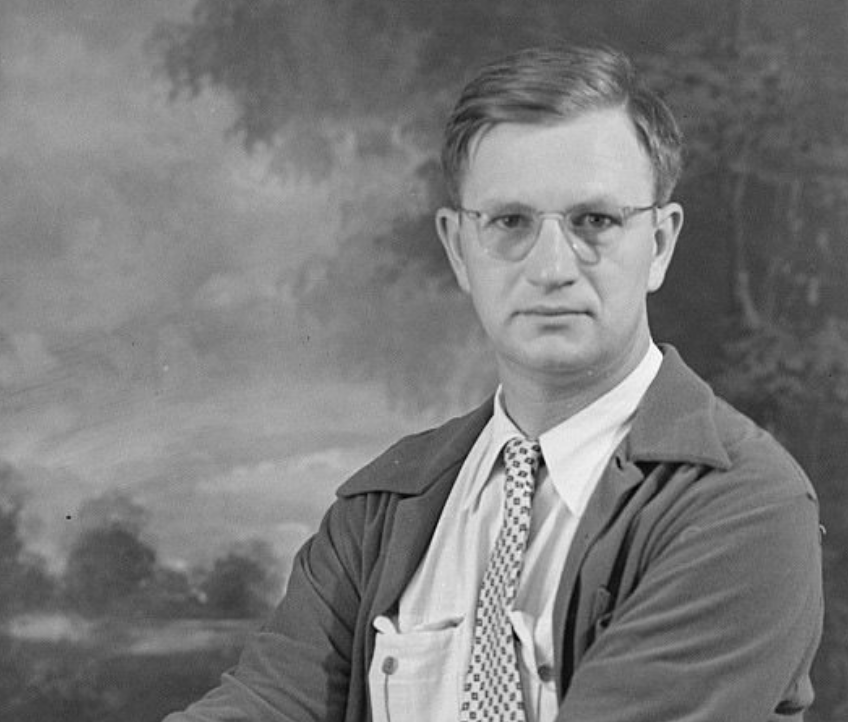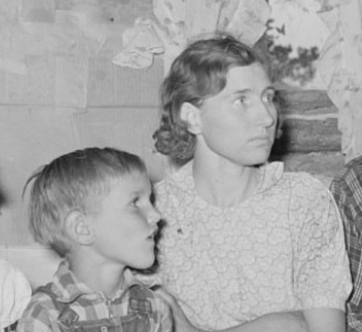Fronteras celebrates the Southwestern photographs of one of the New Deal’s greatest visual ethnographers.
by Christopher Conway and Barbara S. Moore, UT Arlington.
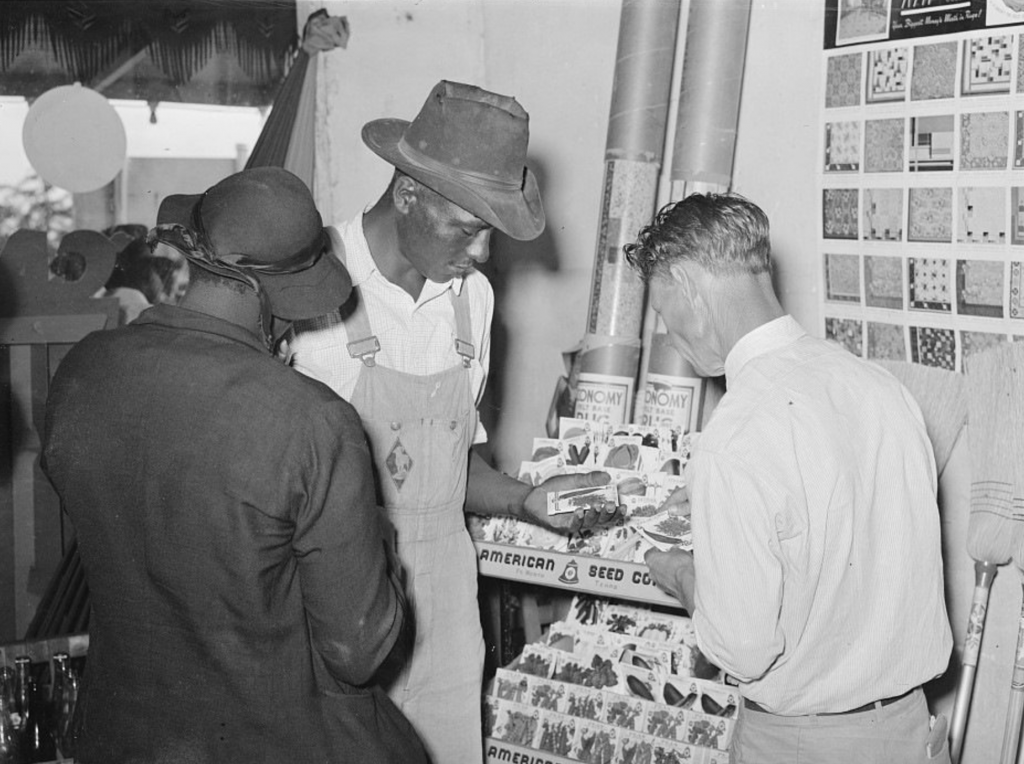
Some of the greatest American photographs of the twentieth century were produced by a small team of photographers working for Historical Section of the New Deal’s Farm Security Administration (1937-1946). The FSA, which grew out of an earlier program named the Resettlement Administration (1935), sought to alleviate the plight of America’s farmers during the Great Depression through lending, resettlement, and training programs. This was a time when sharecroppers, renters and small farmers were being forced off the land and into abject poverty.
The FSA’s Historical Section sent young photographers across the country to document the difficult living and working conditions of the poor to document and publicize the urgency of the FSA’s mission. When Rexford Tugwell, an undersecretary of agriculture, hired Roy Stryker to run the Information Division and its Historical Section, he told him: “Show the city people what it’s like to live on a farm. And remember—even though people are hungry and without work, wearing ragged clothes and old shoes, they’re still important human beings.” [1}
The giants of twentieth-century American photography who worked for the Historical Section included Walker Evans (1903-1975), Dorothea Lange (1895-1965), and Russell Lee (1903-1986), among several others. All of them produced compelling if not iconic images of the Great Depression. Of the three, Russell Lee, is lesser known by the general public, but his work for the FSA shows an artist and documentarian working at the height of his observational powers. As Eric Margolis writes, “Lee was a consummate visual ethnographer” who not only captured his human subjects but also telling details about their environment. [2]
Lee began his life as a chemical engineer but shifted to painting, and then photography, after marrying his first wife Doris Emmrick. Stryker originally sent Lee to the Midwest to capture images of agricultural poverty among tenant farmers, who struggled to survive as “tenants” or renters of farmland. Stryker informed Lee in a December 1936 letter that “The New York Times, Des Moines Register, and various other papers are hollering now for anything we can get ahold of on farm tenancy…. We will be able to use everything we can get.”[3] The FSA’s images were to be made available free of charge to any publisher or organization. Later, Russell travelled the Southwest to document everyday life there.
Some of Russell’s best known images come from his work in San Augustine, Texas, (1939) and Pie Town, New Mexico (1940). After the FSA disbanded in 1944, Lee continued to work for government agencies and private industry. He moved to Austin, Texas in 1947 and was one of the first instructors of photography at the University of Texas. Collections of his work are held at UT’s Dolph Briscoe Center for American History, New Mexico Museum of Art and Wittliff Collections at Texas State University.
[1] Alissa Wetzel, “New Deal Photographs of the Hoosier State” Indiana Magazine of History, 109 (September, 2013): p. 260
[2] Eric Margolis, “In the Footsteps or Russell Lee” Society 26 no. 2(Jan/Feb, 1989) p.7
[3] Alissa Wetzel, “New Deal Photographs of the Hoosier State” Indiana Magazine of History, 109 (September, 2013): p. 261

